Although it still feels like winter in many corners of the U.S., it is essential to remember that termite season is almost perpetual. While termites may be active all year round (state depending), they are most visible during swarming season (termite mating season). Depending upon termite type, this period usually happens between March and November. If you live in a Southern or typically warmer State, get ready: swarming season is coming. To help prepare you, here are some of the most popular ways to treat termites.
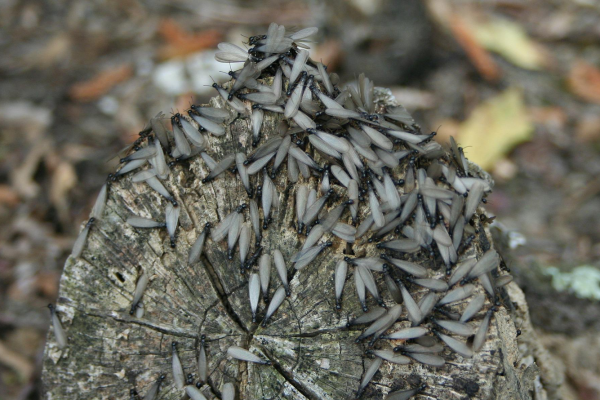
When it comes to treating termites, there are several popular options available on the market. Sometimes too many options or a lack of information can make decision-making difficult. Some factors for choosing the type of treatment include termite type, activeness of the infestation, and the desire to avoid certain products. Every termite and pest control company has its preferences, so let us look at the most effective types of treatment. We will break down the treatment type and in which cases you are most likely to use them. However, this list is not exhaustive, so you should check with your local PMP for all available solutions.
Note: The chemicals used for termite and pest control in the U.S.A. come with specific guidelines. Pesticides must be studied and approved by the EPA (Environmental Protection Agency) before their sale or distribution. This act is to ensure that the products will not cause excessive harm to human health or the environment.
1. Liquid and foam treatments
Liquid termiticides.
If you are considering a liquid or foam treatment, keep in mind that there are different types on the market. For subterranean termites, one of the most common liquid treatments involves injecting termiticide into the soil surrounding the home. This method may also require drilling and injecting termiticide into the concrete around the property. You will often hear this technique referred to as trenching and rodding. One common criticism of this method is the issue of backflow in concrete slab injections. When injecting liquid product, it may splash back through the drill hole and cause an unwanted mess on the job site. Luckily, today’s treatment technologies offer a solution to this problem. Injectors that use an anti-return system prevent backflow, thus protecting the applicator and keeping your product where you want it.
The termiticides used for these treatments can then do one of two things. They either create a barrier that stops the entry of termites altogether, or they can form a treated zone. The termiticides that deter termites are repellents; they produce an invisible wall that keeps termites from crossing over the treated area. The other termiticides are non-repellent; these create zones where you want to have termite action. After injection, termites move through the termiticide-treated soil and use their grooming habits to kill the colony. This fact is specifically valid in the case of subterranean termites. Their particular grooming habits cause the liquid termiticide to spread quickly and kill the queen.
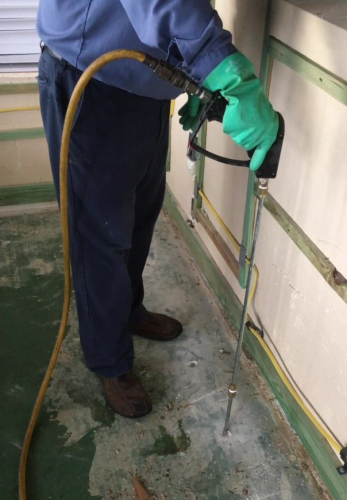
Termidor, one of the most common non-repellents, has coined this spread of termiticide the “Transfer Effect.” Since Termidor is undetectable and does not immediately kill termites upon contact, it allows them to carry the termiticide back to the colony. Once inside the termite colony, through grooming and even feeding habits, the chemical can spread like a disease. Non-repellent termiticides use chemicals such as Fipronil, the active ingredient in Termidor SC, Taurus SC, and NAVIGATOR SC.
Foam termiticides.
On the other hand, foam termiticide is a preferred treatment method for termites in hard-to-reach areas. These areas may include wall voids, door jambs, crawl spaces, and even under a concrete slab. The preference for foam is due to its nature and ability to expand. These qualities allow the injected foam to work its way into the small nooks and crannies and fill up the space where liquid termiticide may be impractical. Foam treatments may also be preferential because their less watery consistency means they are less likely to damage the physical aspect of wood or walls.
In the case of using foams under a concrete slab, the reasoning is the same. Foam termiticides provide a uniform distribution under the slab compared to the more linear application of a liquid termiticide. Termidor Foam and Premise Foam are two of the most popular non-repellent foam termiticides available. However, other products, such as Profoam (a foaming agent), are available that mix with your favorite termiticide or pesticide. This way you can use your favorite products AND rest assured that you’re treating those hard to reach areas. Whichever product you choose, foam termiticides are a reliable choice for areas you can’t quite reach.
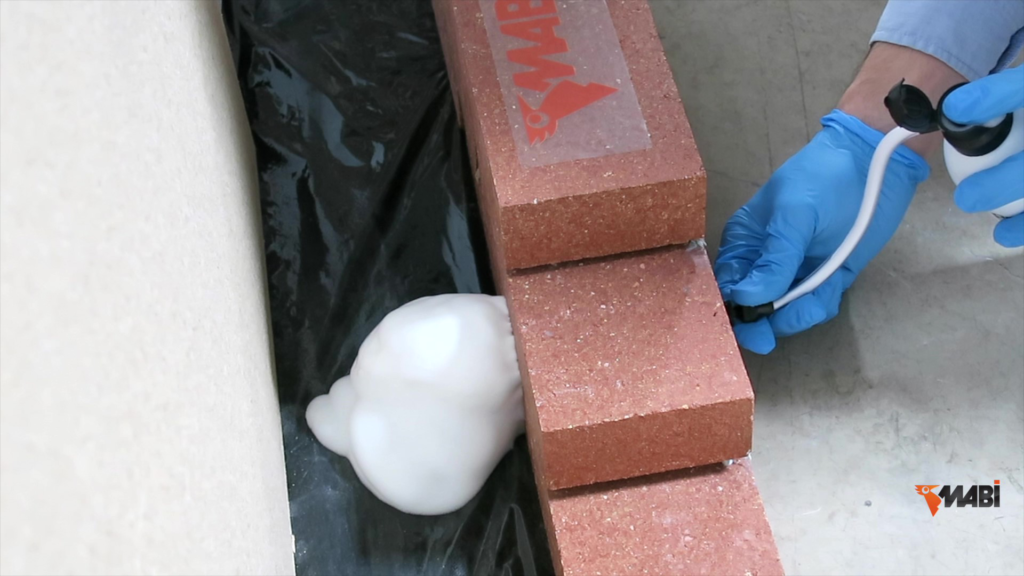
2. Termite bait stations
Often used to monitor the presence of (rather than treat) termites, baiting takes a different approach to termite control. Many available baiting systems on the market call for the insertion of stations below ground in the yard. These bait stations contain wooden stakes (or other cellulose materials) treated with non-repellent termiticide or insect growth regulators (IGRs). Ideally, if termites are nearby, they will ingest the tainted food source and carry it back to the termite colony. Bait containing IGRs will prevent termites from molting and developing, thus causing them to die attempting to do so. On the other hand, food sources with non-repellent termiticide will slowly poison the colony since they share food via trophallaxis.
Installing above-ground, indoor bait stations is also possible, although these circumstances are slightly different. First, a thorough inspection is necessary to determine the presence of subterranean termites. If confirmed, rather than hoping to attract nearby termites, indoor bait stations are put directly in their line of fire. Placing these stations along broken mud tubes (termite tunnels) where termites are most active gives the best results. You can use this treatment method with other control methods, such as trenching and rodding. Using these techniques together protects your property and eliminates any nearby termite colonies. To efficiently perform localized injections, MABI injectors are the perfect solution. The anti-return valve prevents backflow of your liquid product plus, they can be reused for later injections if necessary.
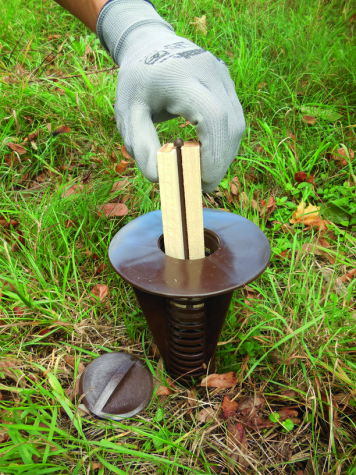
It is important to remember that using outdoor bait stations takes time. You will need several months to eliminate the termite colony and before starting any necessary renovation/ construction work. If you are unsure of the presence of termites or want to be safe, this system allows you to perform routine termite checks. Since this particular system depends on the likelihood of termites locating and attacking the bait, patience is essential. While there is no guarantee, the more bait stations installed, the higher your chances of catching termites before they attack your home. Indoor bait stations, on the other hand, generally give faster results as they do not depend on the element of chance. In either case, for the highest outcome of success and to save yourself from structural damage, it is essential to monitor your bait stations regularly.
3. Wood treatments
When it comes to wood treatments, it is possible to apply treatment during or after construction. If your home is currently undergoing construction, you have two choices. You can purchase and use pre-treated wood or treat the wood surface with a spray. For untreated wood, you will need a borate-based preservative. The wood absorbs the borate preservative and creates a barrier, preventing termites from tunneling inside. Although treated wood cannot guarantee 100% protection, it will reduce the potential risk of termites.
If treating wood for termites post-construction, you may be looking to eliminate an existing termite colony or prevent future infestations. For untreated wood where no infestation is apparent, you can use a borate spray to treat the wood’s surface. While spray treatments will only protect the surface of the wood, this can help reduce infestations. If termites have already infested the wood, you’ll need a more direct approach. Usually, this requires drilling holes into the wood which allows you to have more control over where you want to treat. You may also inject the chemical product under pressure, allowing the product to move through the termite galleries.
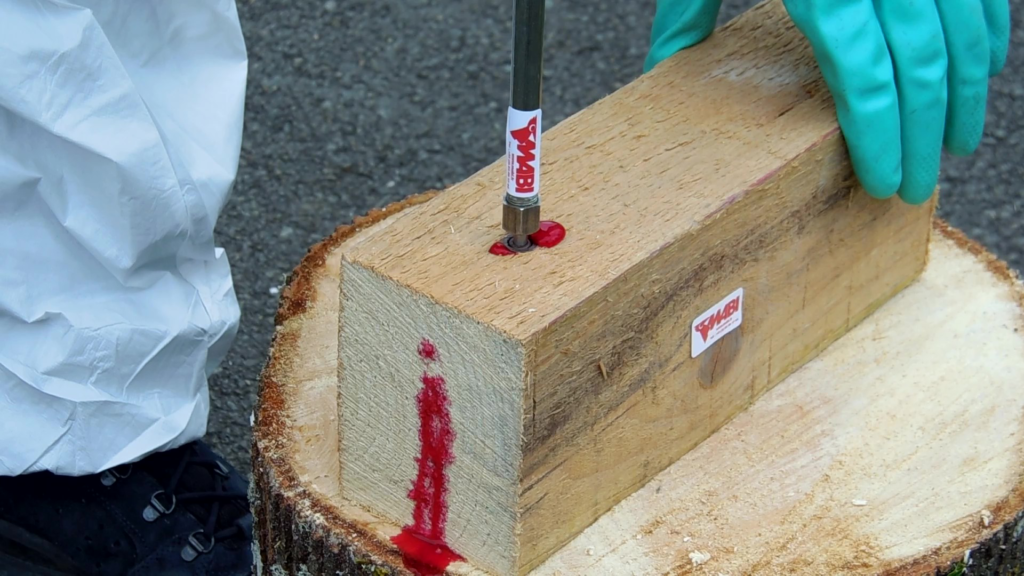
Wood treatments can be long-lasting inside and outside so long as the wood does not come in direct contact with the ground or water. To increase the effectiveness of your wood treatment, combine it with another type, such as trenching and rodding. In any case, you should regularly monitor the inside and outside of your home for areas prone to excess humidity. Any wood outside (porches and deck spaces) is especially susceptible as the elements may weaken the initial treatment over time.
For more information on any of the above termite treatments, contact your local pest management professional to see what best suits your needs. If you have any questions about how you can use the MABI injection system for your termite treatments, contact us here.
Click here to find a certified MABI injector distributor near you.